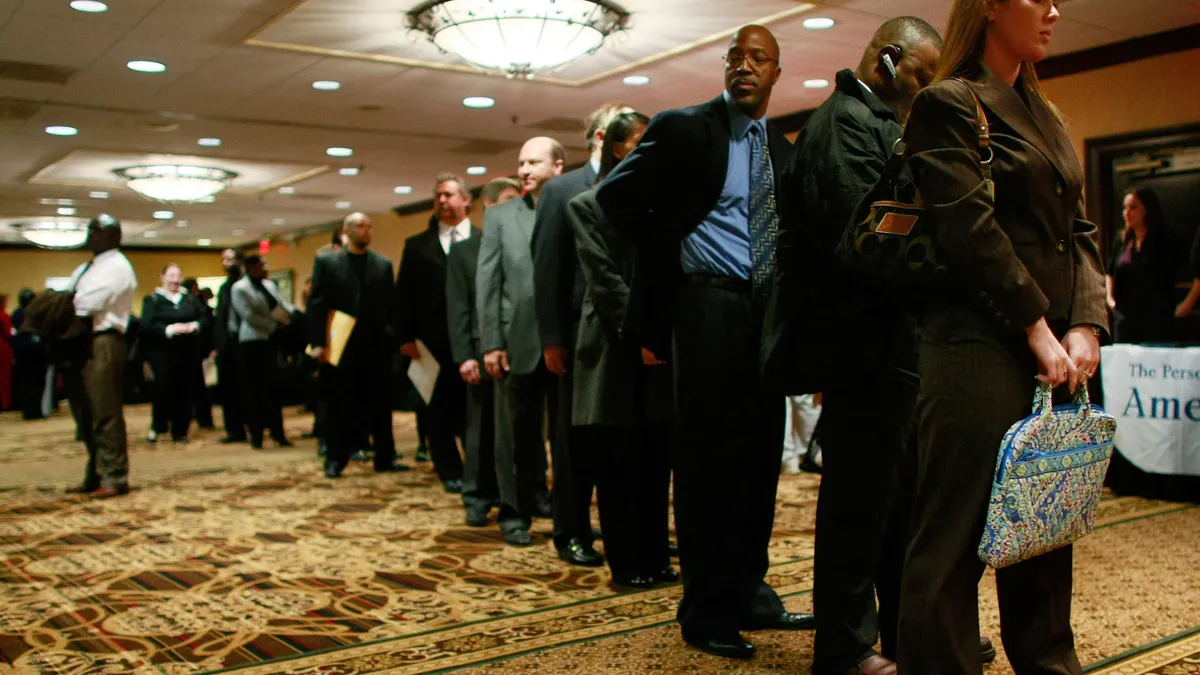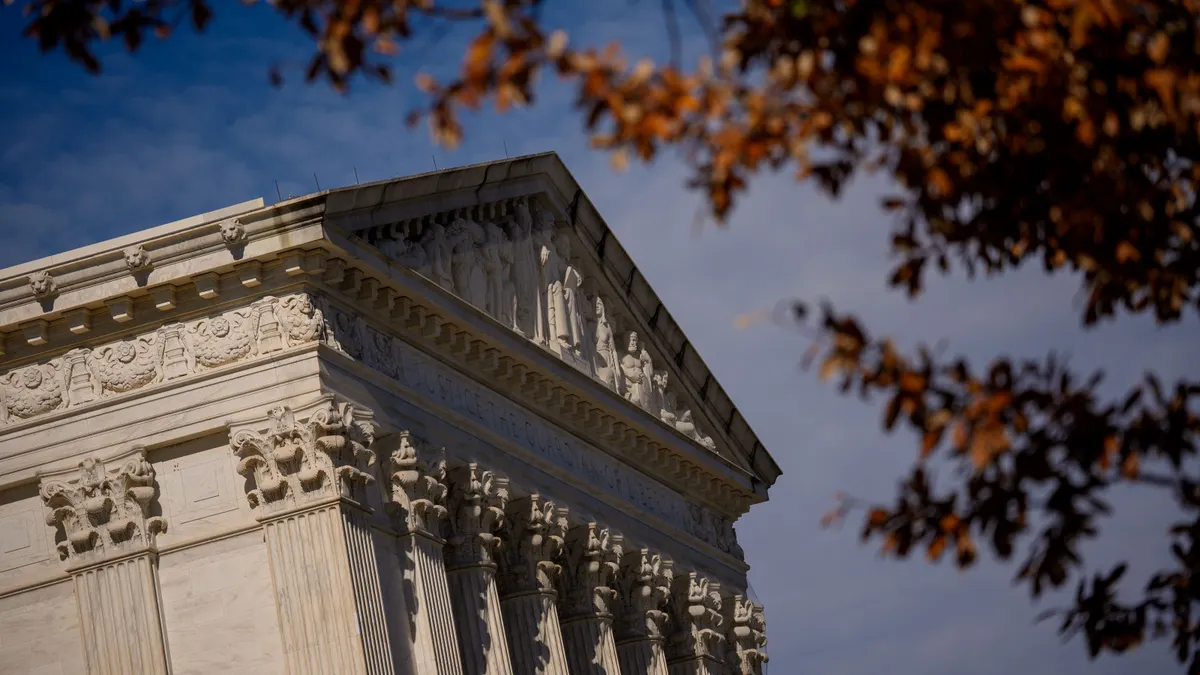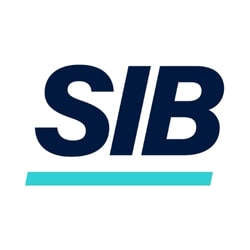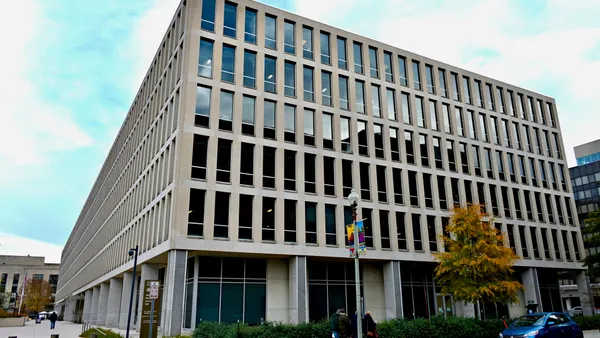Dive Brief:
- Continuing claims for unemployment insurance surged more than expected to the highest level since November 2021, Labor Department data shows, aligning with recent signs of a cooling labor market.
- During the week ended July 26, the number of unemployed workers receiving continuing government benefits increased by 38,000 to 1.97 million, the Labor Department said Thursday. A rising number of recurring claims indicates job seekers face greater challenges finding work.
- “The labor market has softened,” Mary Daly, president of the Federal Reserve Bank of San Francisco, said Wednesday in a speech. “I would see additional slowing as unwelcome, especially since we know that once the labor market stumbles, it tends to fall quickly and hard.”
Dive Insight:
As the labor market cools, inflation is heating up, posing a challenge for Fed policymakers mandated by Congress to ensure full employment and price stability.
Consumers expect inflation during the next five years to rise 2.9% on an annual basis, 0.3 percentage point higher than their median expectation in June, the New York Fed said Thursday.
Central bankers closely watch long-term inflation expectations for any hint of a self-reinforcing upward spiral in prices.
Efforts by Fed officials to curb inflation to their 2% long-term goal have stalled in recent months. The personal consumption expenditures price index rose at an annual 2.6% rate in June compared with 2.4% in May, the Bureau of Economic Analysis said on July 31.
“We need to finish the job,” Daly said, referring to the Fed’s fight against price pressures. “Inflation is still above our target, which is why interest rates remain modestly restrictive.”
Fed policymakers flagged “elevated” inflation when deciding on July 30 to hold the benchmark interest rate at a range between 4.25% and 4.5% for their fifth straight meeting.
Two days after the Fed decision, the Labor Department reported that employers last month added a less-than-forecast 73,000 workers. Also, the unemployment rate increased 0.1 percentage point to 4.2%, and data revisions cut job growth in June and May by a total of 258,000 workers.
“This is concerning,” Fed Governor Lisa Cook said Wednesday in a panel discussion. “These revisions are somewhat typical of turning points.”
In another sign of weakness, employment in the services sector fell in July for the fourth time in five months, the Institute for Supply Management said Tuesday.
The slowing labor market and persistent price pressures highlight a risk of stagflation, or a mix of high inflation, below-potential economic growth and high unemployment, Apollo Global Management Senior Economist Torsten Sløk said, noting that companies in the service sector reported paying higher prices last month.
“The sources of this stagflation impulse are tariffs, deportations and the depreciation of the dollar,” Sløk said Thursday in a client note.
“This is a problem for the Fed,” he said. “Should the Fed focus on rising inflation and hike rates, or on slowing growth and cut rates?”














